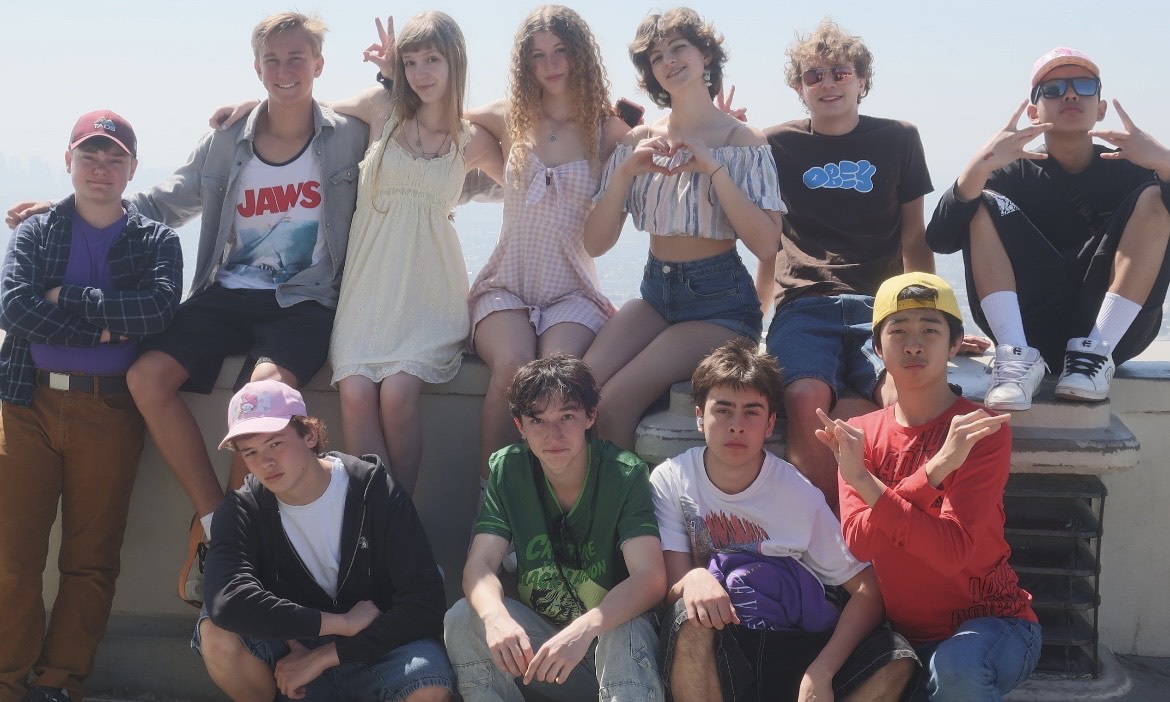Sometimes, when the classroom feels particularly empty, you wonder where exactly your fellow students are. Are they sick? Are they skipping? If you caught yourself wondering this same thing about your favorite band student between Wednesday and Friday the week before spring break, they were living it up in Los Angeles, one of many band trips throughout the year. However, these trips aren’t all fun and games. Normally, they include performance opportunities in various venues, spanning from Carnegie Hall to California Adventure at Disneyland and more. But what are the benefits of going on these trips? Are they worth missing many days of school?
While interviewing Melody Hodges, ‘25, a student in both the band and choir programs, I learned that the short and sweet of it was that these trips are definitely worth it. When asked about the benefits of going, Hodges explained that “going on trips is great for community bonding and for getting to experience a different side of music outside of Boulder High.” Broadening horizons for students in what other directors may choose for repertoire or various styles of music creates more well-rounded musicians and artists. The only drawback that Hodges found from her experience was “being sad when they’re [the trips] are done,” reflecting just how much fun these students have on their trips.
But, of course, the main point of a school trip is to continue learning outside the classroom. Comparing the two groups’ trips, Hodges detailed that there are various ways that learning is achieved through travel. “I have learned to take on new responsibilities by learning my music in a more individualized way and trying out new types of music. With the choir trip, I got to sing music that was picked by a different director, which exposed me to some songs we might not have otherwise sung. I am in Jazz 3 at Boulder High and the repertoire for our performance in California was not jazz music, so I got to experience playing in a new type of ensemble.” For a performance at Carnegie Hall, students were required to learn their music outside of class and participate in multiple advisory “check ins” before they left to perform to make sure that they knew the music at an advanced level. This was similarly expected for the California trip but was applied differently, as the music was instrumental rather than vocal. With an action-packed schedule full of various activities, it might be easy to assume that these trips may be stressful. However, Hodges contradicts that by saying that she has “found both trips…very low stress and very enjoyable!”
Bringing in the team bonding, Hodges focused on the various forms of bonding offered by these trips to form a stronger ensemble. Additionally, this bonding exceeds what could have been created in the classroom, spending up to a week together in a new location. On the topic of location and bonding, Hodges added, “The biggest differences were the location (NYC vs. LA/Disneyland) and the types of activities we were doing as well as the amount of people on the trip. The choir trip had a larger number of people, meaning I spent the majority of my time with the other seven people I was in a small group with. With the band trip, we were a smaller total group and did a lot of activities as a full group.”
Overall, going on trips with an ensemble proves to be extremely beneficial, providing advanced musicianship skills, ensemble-building opportunities, and lots of fun! The next time your favorite band student is gone from class on another trip, ask them how it was and what they learned.



